France’s Favorite Villages: 13 Winners Worth the Trip
Every year, one village from each region of France is shortlisted for a national vote. The winner is chosen by the public and highlighted in a prime-time TV feature.
Below are the villages that took the top spot from 2012 to 2024, each one with something real to offer travelers.
UPDATE: I’ve now added the winner for 2025!
2012: Saint-Cirq-Lapopie (Lot)
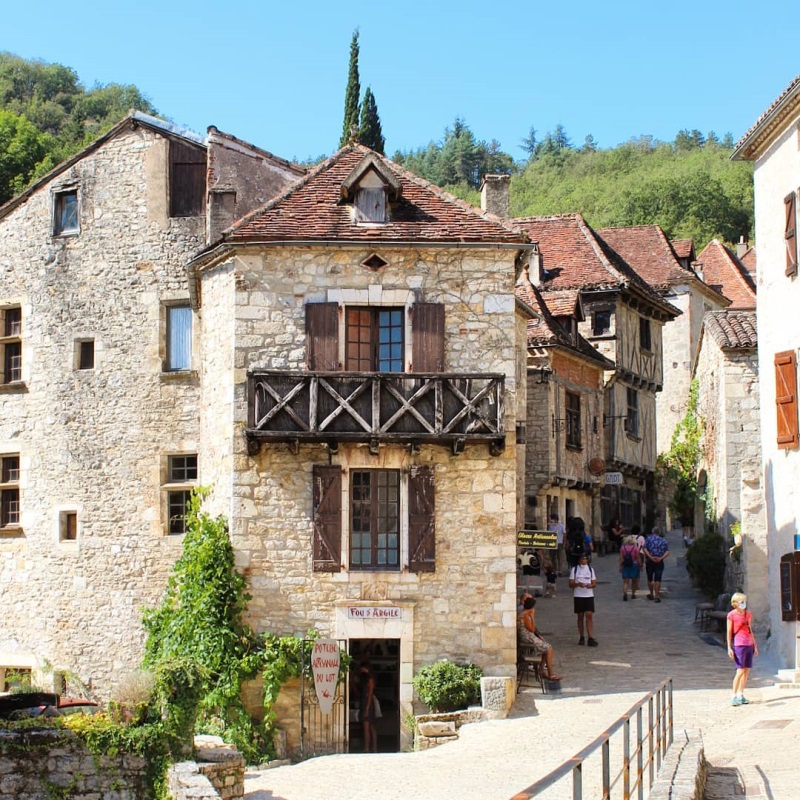
Perched high above the Lot River, Saint-Cirq-Lapopie looks like a medieval stronghold that never aged. The climb through its lanes is steep but rewarding. There are half-timbered shops, old archways, and panoramic views around every corner.
You’ll find a mix of artists’ studios, riverside hiking trails, and historical buildings like the Rignault Museum. Park at the top lot early in the day as it fills fast. Besides hilltop walks, canoe rentals and boat trips on the river are available.
2013: Eguisheim (Haut-Rhin)
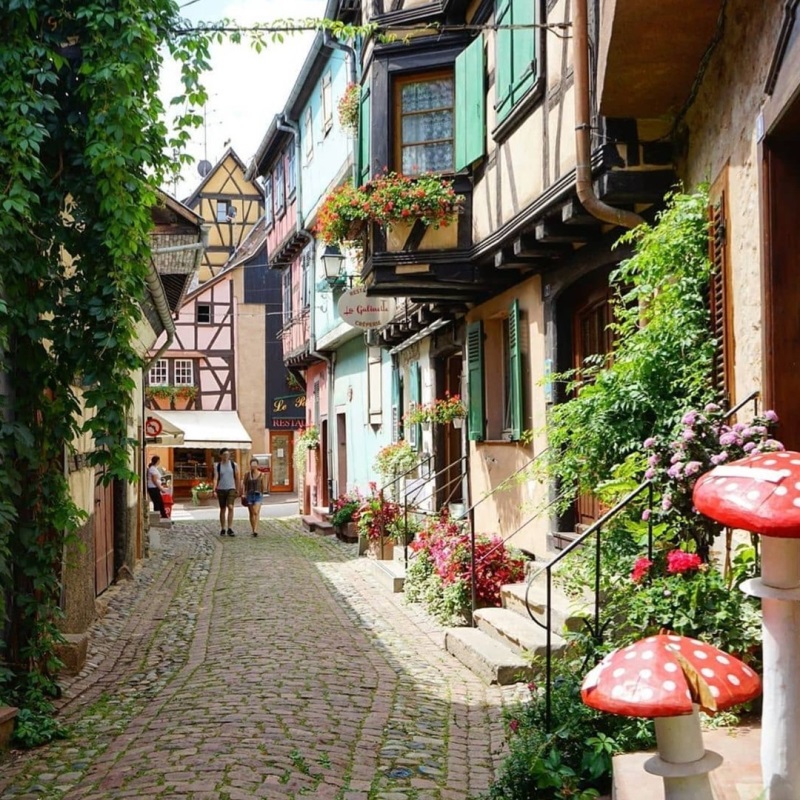
Eguisheim is laid out in perfect circles, with flower-covered balconies and curved lanes hugging the old walls. The whole place is walkable in under an hour.
Wineries are tucked into houses, and wine tastings are informal and frequent. Try a Riesling or a dry Muscat, both specialties of the area.
The fountains and central square make a good stop for lunch. The village glows at Christmas with lights and artisan stalls.
2014: Cordes-sur-Ciel (Tarn)

Cordes rises sharply above the Tarn valley, and in the early morning fog, it can look like it’s floating. It’s a bastide town from the 1200s with intact Gothic architecture and steep cobblestone streets.
Skip the touristy shops near the parking lot and head uphill toward the covered market and medieval mansions. The town has a strong art scene, with studios open to visitors and small galleries in former homes.
You can also take a detour to nearby Albi for a day of cathedral and museum visits.
2015: Ploumanac’h (Côtes-d’Armor)
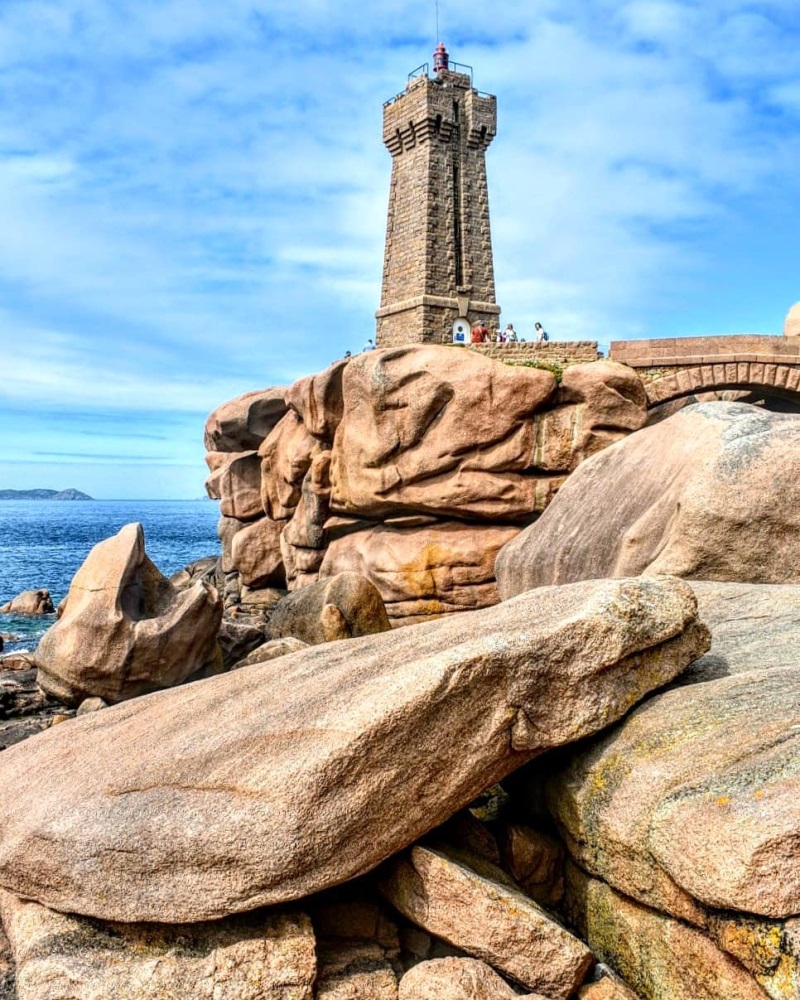
This small coastal area, part of Perros-Guirec, draws travelers for the pink granite coast. Huge, round rocks line the water like a sculpture park shaped by the sea.
The GR34 trail (Sentier des Douaniers) passes right through, connecting beaches, lighthouses, and headlands. Stop at the Saint-Guirec beach and see the oratory that slowly erodes in the salt air.
Early morning or golden hour are best for photos. Don’t come expecting shops or museums; this is a landscape destination.
2016: Rochefort-en-Terre (Morbihan)

Rochefort-en-Terre is a village where even the shutters and street signs look hand-painted.
Nearly every home has flowerboxes, and the window displays are worth a second look. Many belong to craftsmen, including potters, painters, and woodworkers.
The village is compact and cobbled, with an old château now used for exhibitions. There’s a 17th-century church in the center and a few crêperies that open even in the off-season.
The Christmas lights draw big local crowds, so book early if visiting in December.
2017: Kaysersberg (Haut-Rhin)
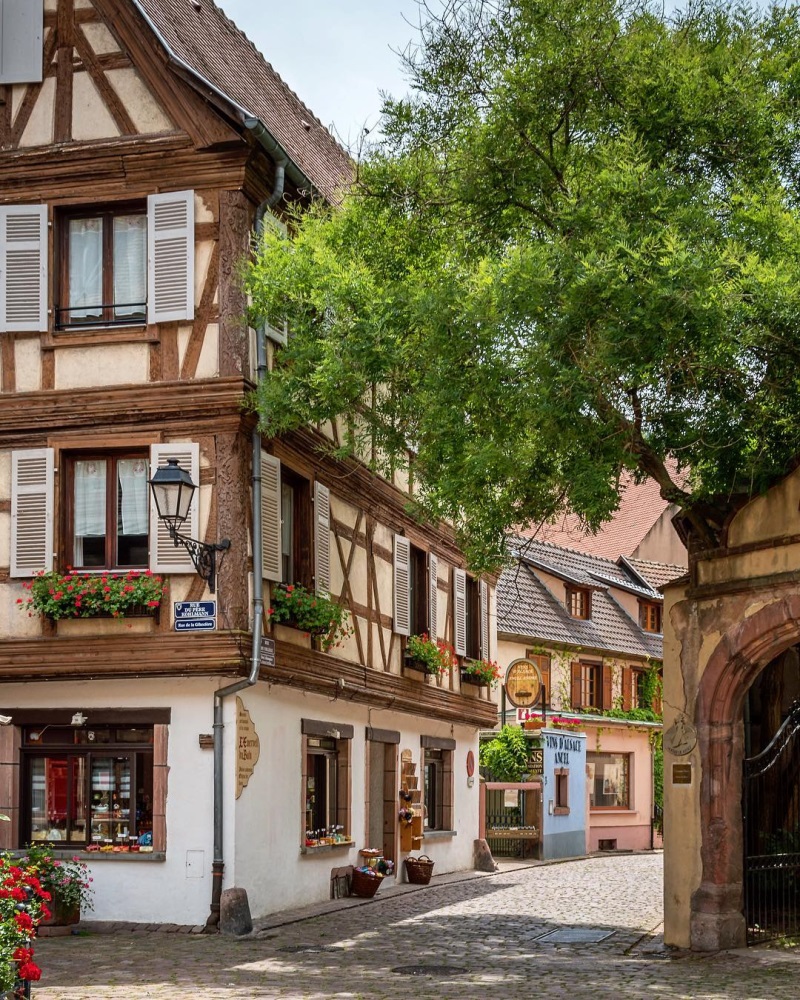
This Alsatian town sits in a tight valley with a fortified bridge, a fast-flowing river, and vineyards rolling up the hills. The architecture is classic half-timbered, and many buildings date from the 15th century.
Climb the stairs to the castle ruins for a sweeping view over the valley. Albert Schweitzer, a Nobel Peace Prize-winning doctor, theologian, and musician, was born here in 1875 – his childhood home is now a small museum.
Kaysersberg is quieter than nearby Colmar and has serious food options, including tarte à l’oignon, baeckeoffe, and strong regional wines.
2018: Cassel (Nord)
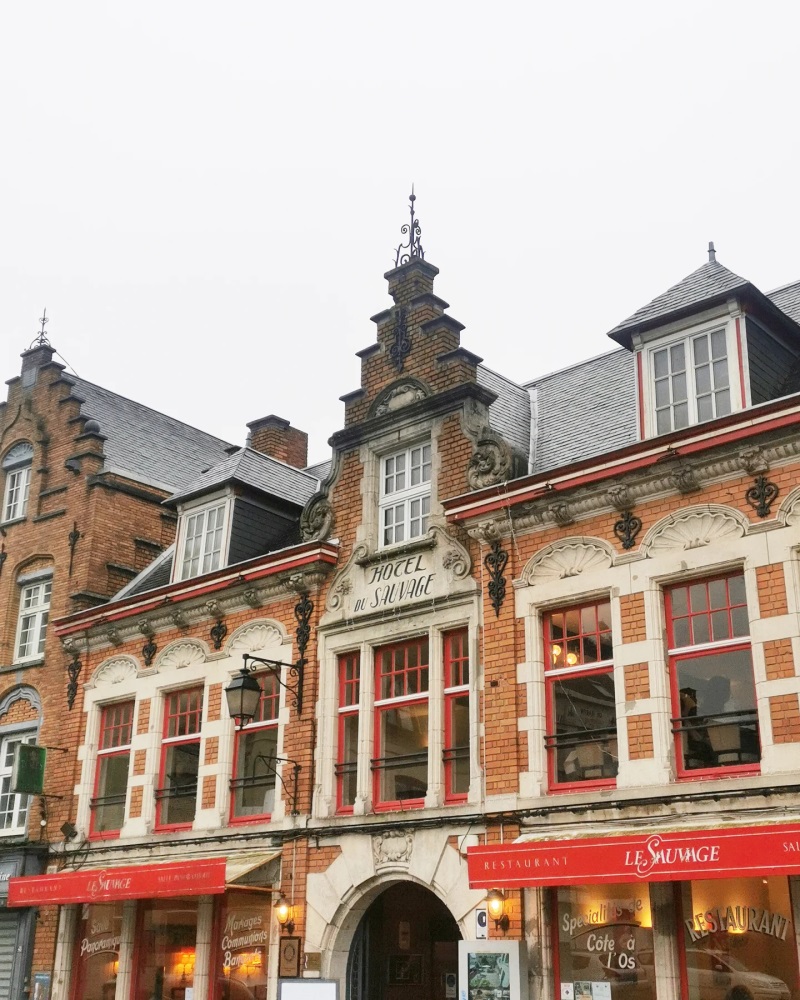
Cassel is built on the only hill for miles in flat Flanders. The top gives you views deep into Belgium.
The windmill near the summit still turns, and the local museum is focused entirely on Flemish life and traditions. On Mondays, the Grand’Place hosts a market where French and Flemish blend naturally, with cheeses, beer, and thick country bread.
It’s a good detour if you’re already in Lille or Dunkirk and want something smaller and less touristed.
2019: Saint-Vaast-la-Hougue (Manche)
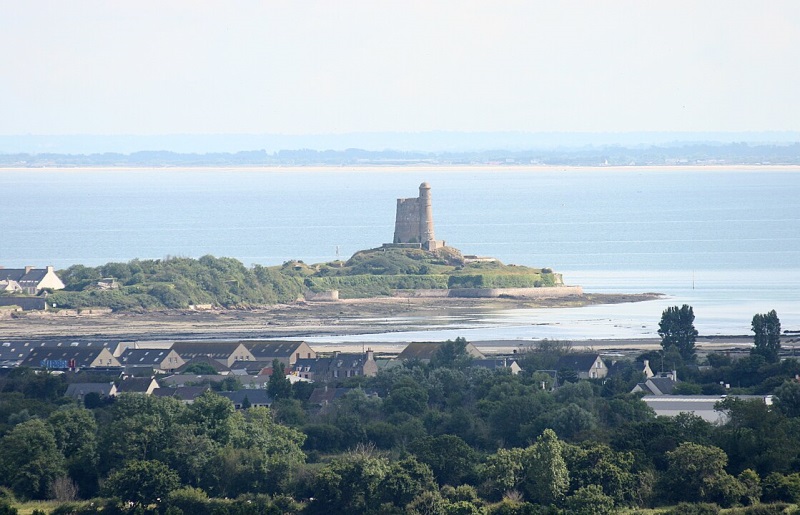
This Normandy fishing port is home to oyster farms, stone fortifications, and one of the oddest boat rides in France.
Tatihou Island, just offshore, is reached by amphibious vehicle at low tide. The Vauban towers (UNESCO-listed) that were part of Louis XIV’s coastal defenses still stand.
The town itself has a biscuit factory, seafood restaurants along the quay, and a harbor where locals sell the morning’s catch from wooden crates.
The pace is slow, the air smells of seaweed and salt, and most of the charm is in the details.
2020: Hunspach (Bas-Rhin)

Hunspach doesn’t have major landmarks, it’s a village with white plaster walls, dark wood beams, and a deep red geranium in every window.
What sets it apart is how intact it is. The layout hasn’t changed in centuries, and it’s one of the few places where telegraph poles and wires are hidden underground to preserve the view.
There’s a small railway museum, and you can walk into the surrounding fields from the edge of the village. Bring your own snacks as cafés are minimal.
2021: Sancerre (Cher)
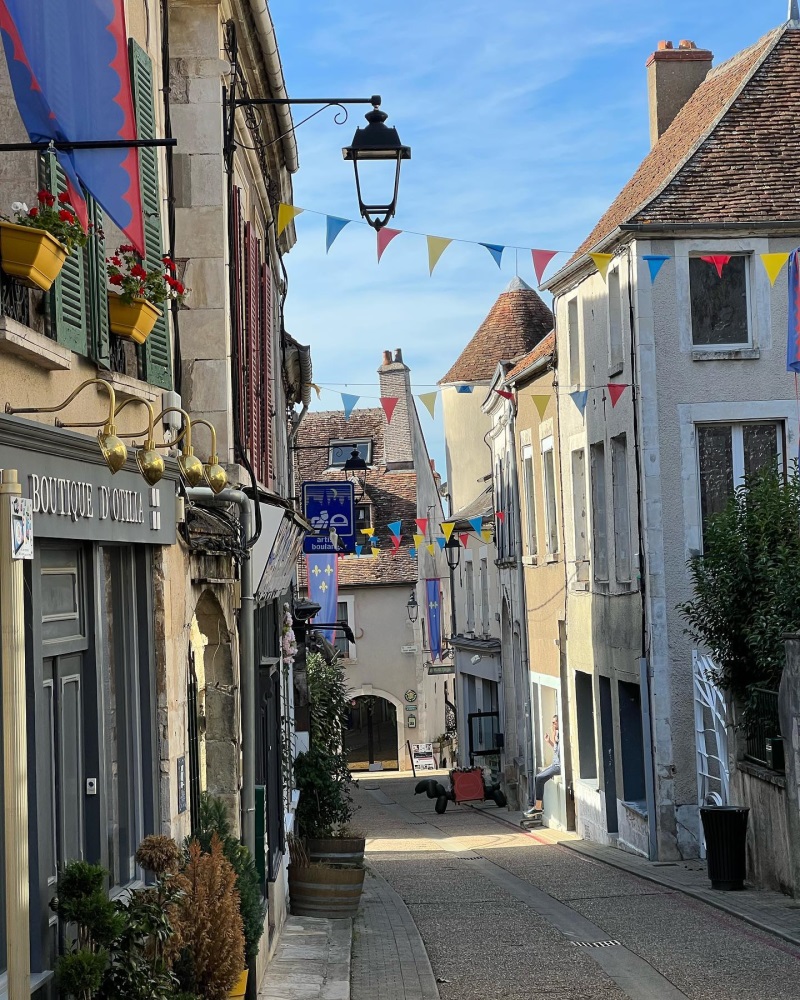
Built on a hill surrounded by vines, Sancerre is one of the most famous wine villages in France for the Sauvignon Blanc.
The town also has a Romanesque church, a tower with open views across the Loire, and small alleys lined with tasting rooms. Shops sell goat cheese from Chavignol and local honey.
Most winemakers don’t require appointments. If you’re serious about wine, spend the night and explore the vineyards around Verdigny and Ménétréol. It’s worth more than a quick stop.
2022: Bergheim (Haut-Rhin)
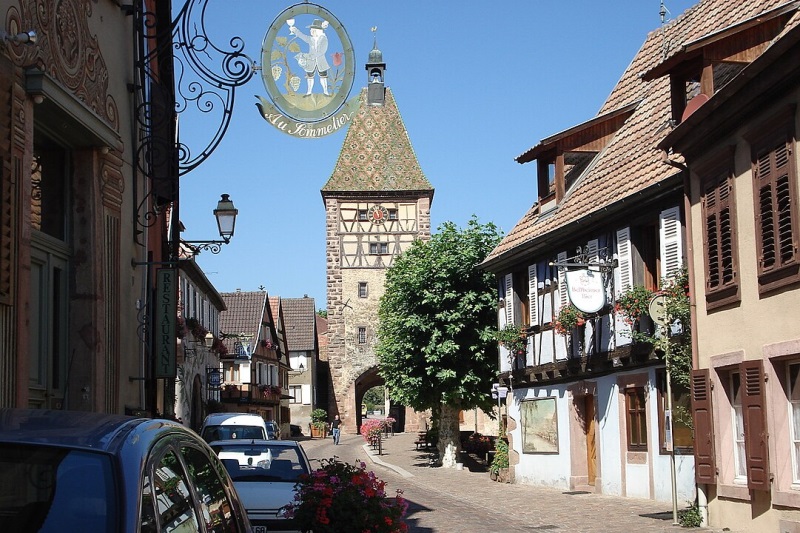
Bergheim is surrounded by vineyards and still has its medieval walls. Unlike some better-known Alsace villages, it’s less polished and more authentic.
You’ll find stork nests on chimneys, vegetable gardens inside the ramparts, and small wine producers who don’t ship internationally.
The Witch Museum covers the region’s witch trials with surprising depth. The town also puts on seasonal events that aren’t tourist-focused, including spring festivals, village walks, and night concerts in the church.
2023: Esquelbecq (Nord)
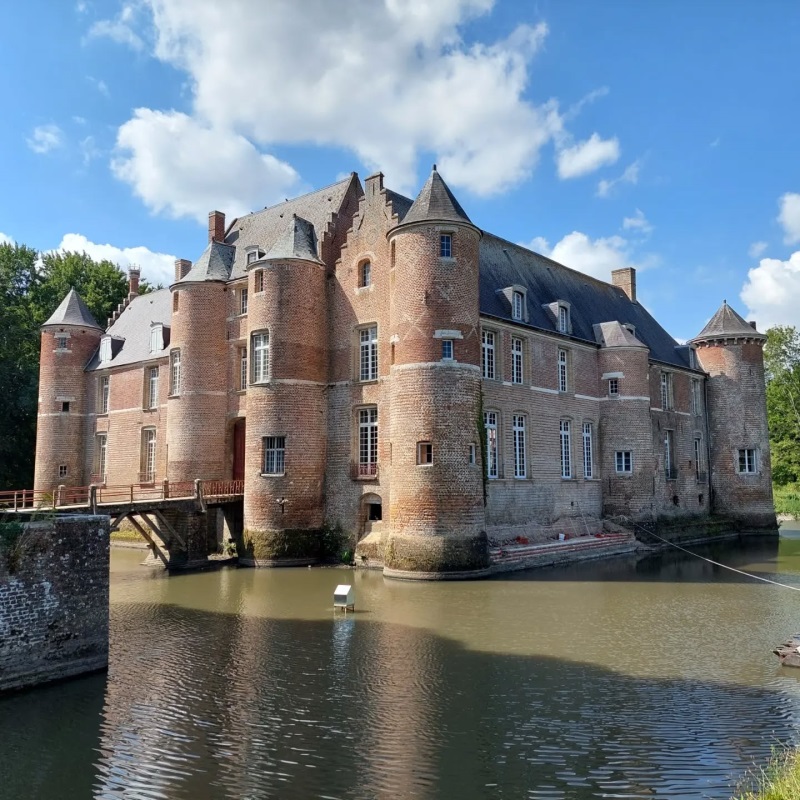
Esquelbecq is a Flemish village with a red-brick château at its center. You can’t tour the inside, but the gardens are open and used for cultural events including readings, outdoor movies, art installations.
The main square is lined with tidy brick buildings and a few cafés. What stands out is the literary angle: secondhand bookshops, library events, and even a “village of books” concept.
It’s small and quiet, a fantastic place if you want a calm afternoon with a coffee and a book in northern France.
2024: Collioure (Pyrénées-Orientales)

Collioure sits between the Mediterranean and the Pyrenees, 30 minutes south of Perpignan. Painters came here for the light – Matisse and Derain started Fauvism in these streets.
The royal castle dominates the harbor, and the chapel on the sea wall is one of the most photographed spots in the region.
Restaurants serve anchovies cured on site, with terraces filling up in every season. The town is small and walkable but gets crowded in July and August. Go in May or late September for space and color.
2025: Saint-Antoine-l’Abbaye (Isère, Auvergne-Rhône-Alpes)
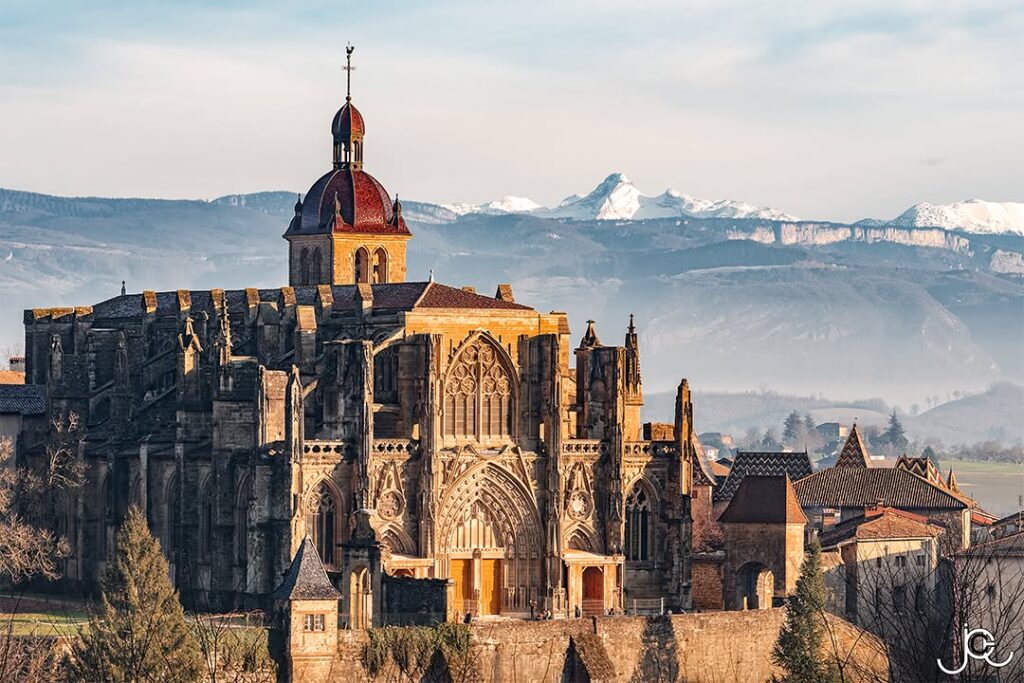
Saint-Antoine-l’Abbaye sits between Grenoble and Valence, on the edge of the Vercors hills. Its Gothic abbey dominates the village, built to house the relics of Saint Anthony that drew pilgrims here in the Middle Ages.
Stone houses, timber façades, and shaded squares line the cobbled streets, with views opening onto the surrounding countryside.
The old market hall and the abbey cloister are highlights, along with small artisan shops that keep the historic center lively.
The village has fewer than 1,000 residents but it fills quickly on summer weekends. Visit in spring or autumn for quiet streets and the best light on the abbey towers.
***
Cover photo: Adrien Béron (CC BY-SA 1.0)
